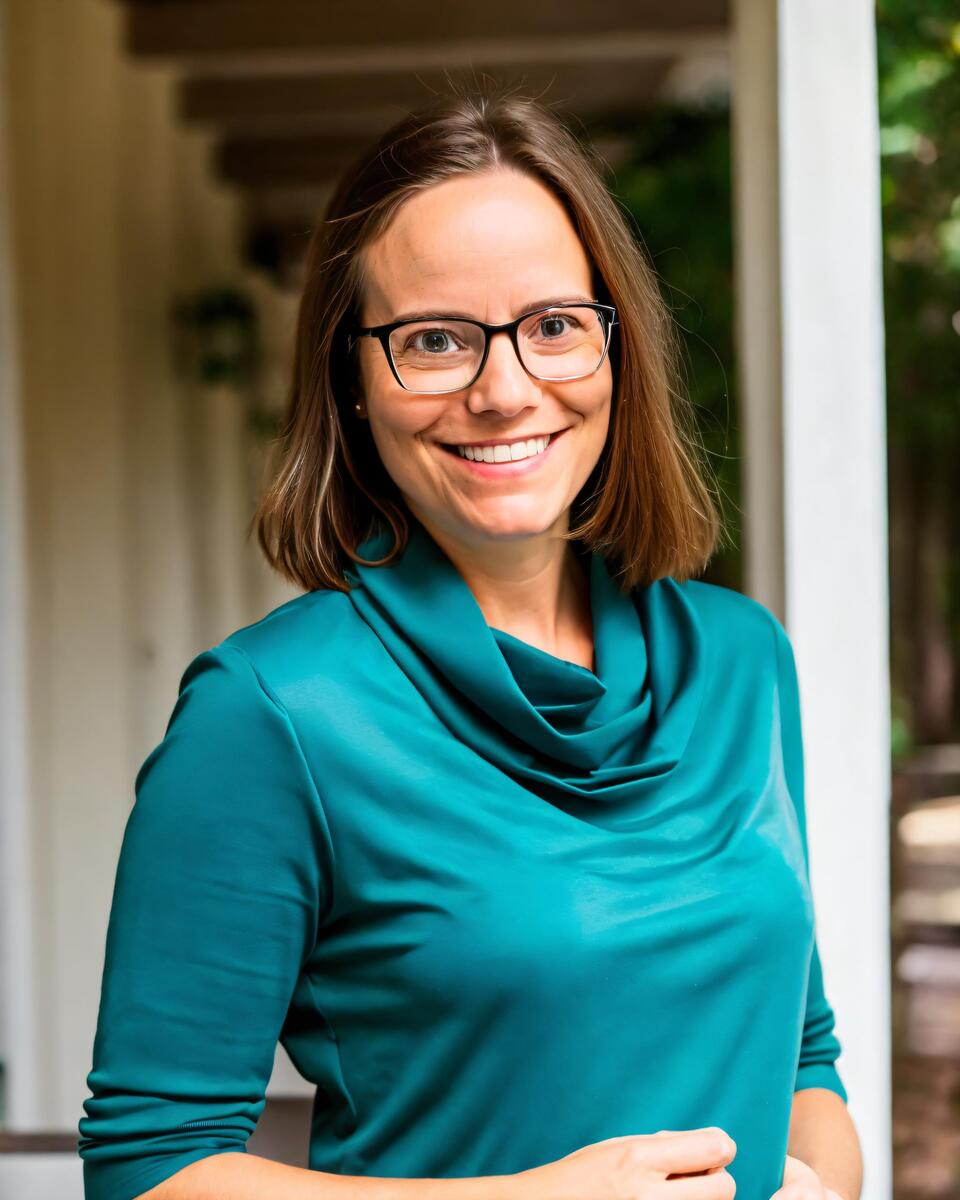
OpenAI’s Stargate Norway will deliver sustainable AI compute capacity powered by hydropower and located in the industrial hub of Narvik. Image Source: ChatGPT-4o
OpenAI Launches Stargate Norway, Its First European AI Data Center
Key Takeaways:
OpenAI has launched Stargate Norway, its first European AI data center, under the OpenAI for Countries program.
The facility will deliver 230MW of capacity and aims to deploy 100,000 NVIDIA GPUs by the end of 2026.
Nscale and Aker will co-develop the site through a planned 50/50 joint venture.
Located in Narvik, the data center will run on 100% renewable energy and use advanced liquid cooling systems.
Priority access will be given to Norway’s AI ecosystem, with surplus capacity available across Northern Europe.
OpenAI Establishes Stargate Norway as a Major AI Infrastructure Project
OpenAI has introduced Stargate Norway, marking its first AI data center initiative in Europe and expanding the company’s infrastructure footprint under the OpenAI for Countries program. The initiative reflects OpenAI’s long-term vision to make the benefits of AI widely accessible to everyone by investing in independently controlled, local AI infrastructure.
The project aims to expand AI capacity across Europe while ensuring that local communities—especially developers, researchers, scientists, and startups in Norway—benefit directly from the infrastructure. In Norway, weekly active users of ChatGPT have quadrupled over the past year, with most users under the age of 35, including thousands of developers using it to create and deploy AI tools.
The facility will be built in Narvik, leveraging the region’s access to abundant hydropower, low-cost renewable energy, cool climate, and an established industrial base. OpenAI described the site as ideal for delivering sustainable, large-scale AI capacity.
Nscale and Aker to Lead Development Through Joint Venture
Stargate Norway will be developed by Nscale, an AI infrastructure provider with experience across Europe and North America, and Aker, an industrial group with a century-long legacy in energy and infrastructure. The site is expected to be owned by a 50/50 joint venture between the two companies.
Further information on the joint venture structure and construction mobilization efforts by Nscale and Aker is available in their official announcement.
Scaling AI Compute in Europe
The site will initially provide 230MW of compute capacity, with plans to expand by another 290MW. It is expected to host 100,000 NVIDIA GPUs by the end of 2026.
OpenAI will be the facility’s first major user and has the option to scale its usage over time as part of its global partnerships strategy under the OpenAI for Countries program.
The facility will run entirely on renewable power and feature closed-loop, direct-to-chip liquid cooling to optimize efficiency. It will also repurpose excess heat from its GPU systems to support local low-carbon enterprises.
Supporting Norway’s AI Ecosystem and Regional Sovereignty
OpenAI stated that Norway’s AI start-ups and research community will receive priority access to the new infrastructure. Surplus capacity will be made available to public and private sector users across the UK, Nordics, and Northern Europe, supporting regional compute needs and accelerating development of Europe’s AI ecosystem.
The company will also engage with Norwegian government officials to explore opportunities for collaboration, including efforts to advance national AI priorities and support responsible AI adoption in the country.
Part of a Growing Global Infrastructure Strategy
The launch of Stargate Norway follows Stargate UAE, introduced earlier this year, and is part of OpenAI’s broader push to partner with governments and industrial leaders worldwide.
Other recent partnerships include:
A memorandum of understanding with the UK Government to support AI adoption and infrastructure development.
A collaboration with the Government of Estonia to deploy ChatGPT in secondary schools.
Participation in the EU AI Gigafactories initiative, where OpenAI has submitted Expressions of Interest to join related consortiums.
While still in early stages, these projects aim to strengthen Europe’s access to national compute capacity and help shape its AI future.
Q&A: Stargate Norway and AI Infrastructure
Q: What is Stargate Norway?
A: Stargate Norway is OpenAI’s first European AI data center, designed to deliver 230MW of compute and 100,000 GPUs by 2026.
Q: Who is developing Stargate Norway?
A: The site will be designed and built by Nscale, with ownership planned under a joint venture between Nscale and Aker.
Q: Where will Stargate Norway be located and why?
A: It will be built in Narvik, Norway, selected for its hydropower, cool climate, and strong industrial infrastructure.
Q: How will the data center support sustainability?
A: The facility will use 100% renewable energy, liquid cooling, and will recycle heat to support local low-carbon businesses.
Q: How does this fit into OpenAI’s global plans?
A: Stargate Norway is part of the OpenAI for Countries program and follows similar infrastructure launches in the UAE and partnerships across Europe.
What This Means
Stargate Norway represents one of the most ambitious AI infrastructure investments in Europe to date, combining national compute capacity, sustainable design, and regional partnerships. As OpenAI expands its global presence, the project signals a deeper commitment to equitable AI access and local ecosystem development across borders.
By anchoring the initiative in Norway’s renewable energy resources and industrial base, OpenAI is not only enabling scalable, sustainable AI infrastructure—but also helping ensure that Europe has direct access to the compute power needed to shape its digital future on its own terms.
This effort reflects a broader shift toward decentralized AI capacity that empowers countries and communities to participate fully in the next wave of AI innovation.
It reflects a growing belief that the future of AI will be built not alone, but in partnership—with the people, regions, and values that sustain it.
Editor’s Note: This article was created by Alicia Shapiro, CMO of AiNews.com, with writing, image, and idea-generation support from ChatGPT, an AI assistant. However, the final perspective and editorial choices are solely Alicia Shapiro’s. Special thanks to ChatGPT for assistance with research and editorial support in crafting this article.
